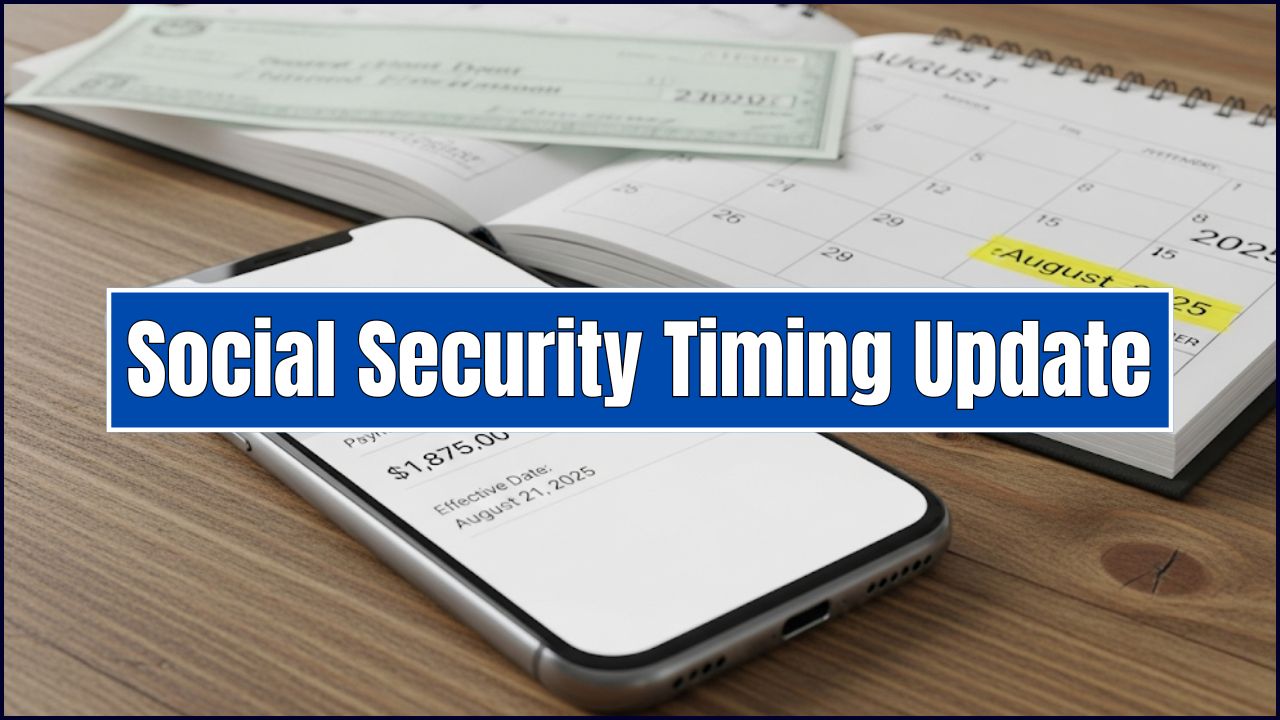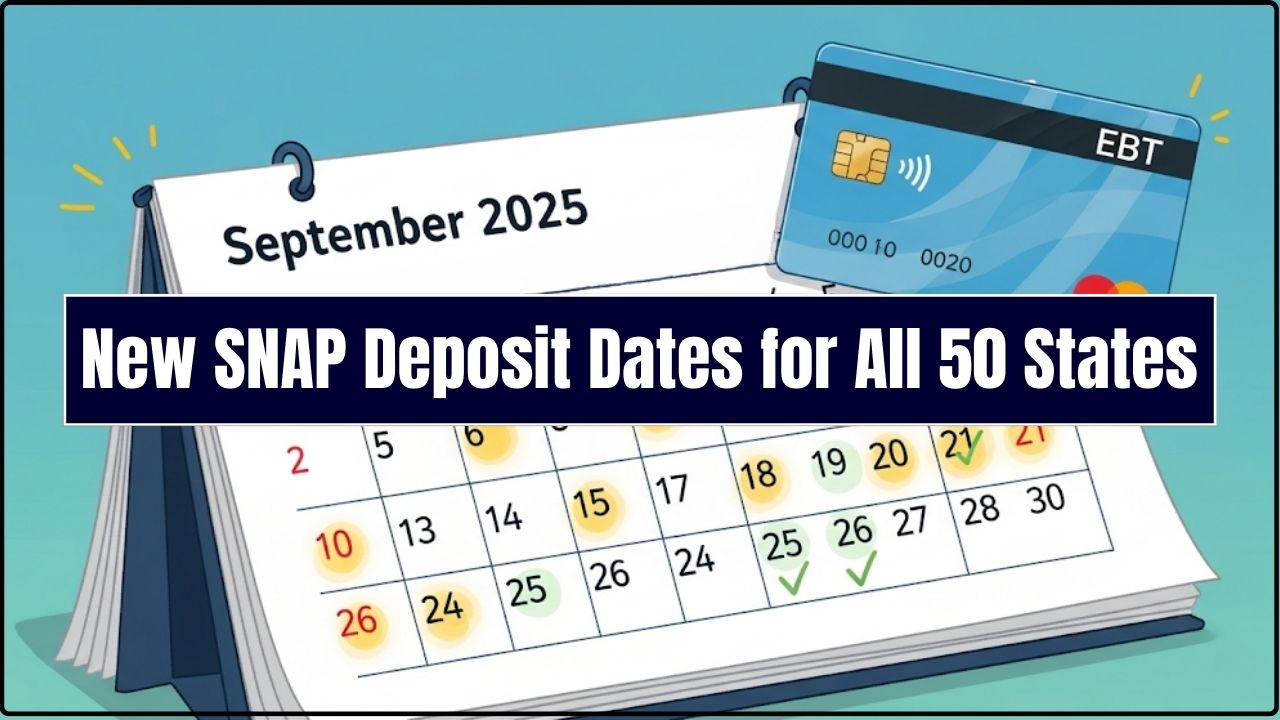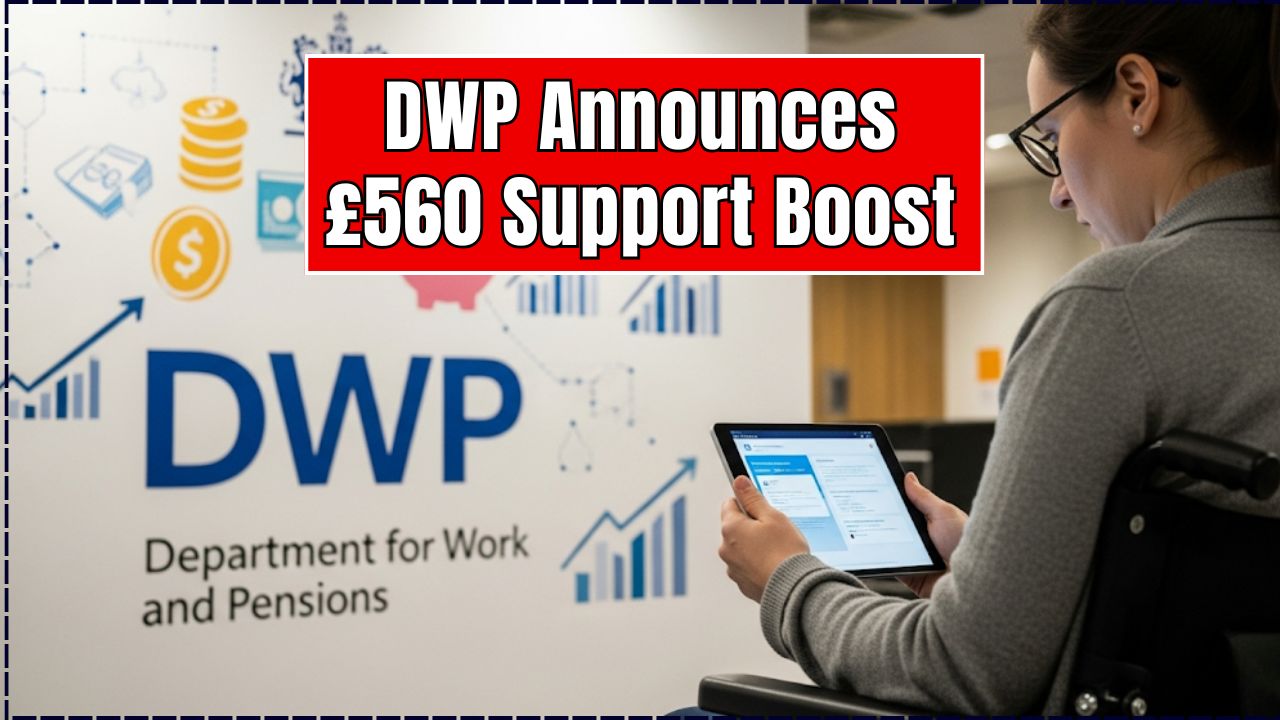Understanding Universal Credit and Disability Support is all about helping families, folks with disabilities, and professionals navigate the support systems with ease and confidence. This guide is here for you, whether you’re just curious, helping someone, or making decisions on the job—offered in a tone that’s as warm and wise as a campfire story, but grounded in clear facts.
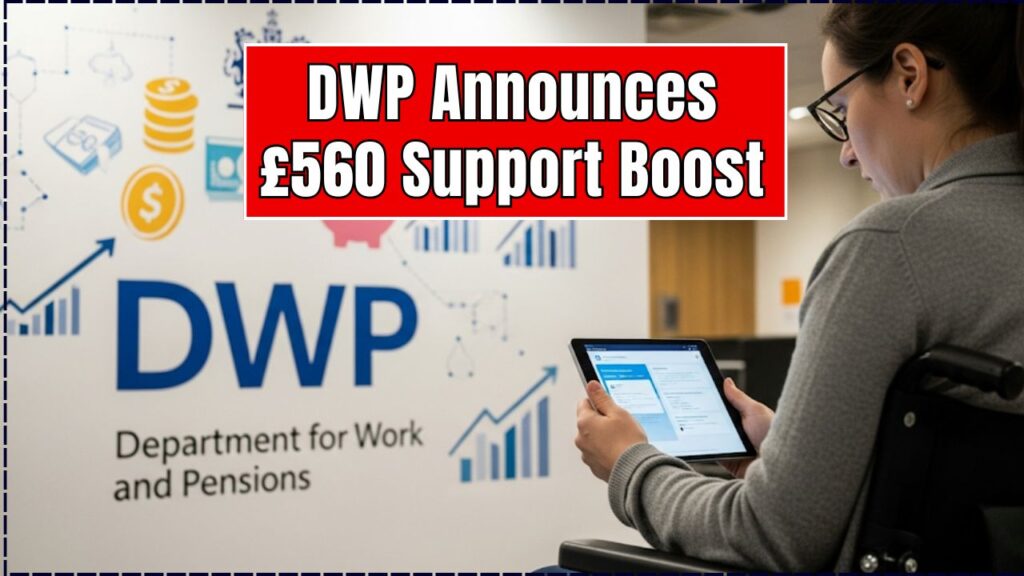
We’ll lay out context, give practical advice, and break it all into easy‑to‑follow steps, with real‑world examples. You’ll see accurate numbers, trusty facts, and links to high‑authority sources that back it all up.
A Little Story to Set the Stage
Imagine a mother, Ada, who’s raising two kiddos while managing a long‑term health condition. She’s heard of Universal Credit (UC) and Employment and Support Allowance (ESA) but feels lost. That’s where this guide steps in—like an elder offering gentle, wise guidance—making the journey feel clear, confident, and kind.
DWP Announces £560 Support Boost
| Key Topic | Details & Data |
|---|---|
| Universal Credit (UC) | A benefit combining several older ones. Max monthly support: ~£596 (single, under 25) to ~£1,220 (couple, both under 25). |
| ESA Support Group Rate | £140.55/week (≈£562/month) for people in the Support Group. |
| ESA Assessment Group Rate | £92.05/week after initial 13-week assessment (for 25+). |
| Help with Council Tax, Housing Costs | Additional top-ups can boost total support by 10–30%, depending on location and rent. |
| Step‑by‑Step Guide | Clear sections: Eligibility, How to Apply, What You Get, When You’ll Get Paid, Tips & Tricks. |
| Official Resources | gov.uk for UC & ESA; Citizens Advice for real‑world help; Scope for disability info. |
Navigating Universal Credit and Disability Support doesn’t have to feel scary. With clear facts, step‑by‑step guidance, and a friendly, wise tone—just like talking with a trusted elder—you can feel empowered whether you’re helping yourself, family, or others. Know your rights, apply carefully, stay on top of reviews, and don’t go it alone. You’ve got this.
Why This Matters — in Plain Talk
If someone you care about—or you yourself—are dealing with a disability, long‑term illness, or need a bit of extra help, knowing how Universal Credit and ESA work can make a world of difference. It’s like learning how to build a stronger shelter before the storm hits—once you know the steps, you feel more ready and grounded.
Personal Independence Payment (PIP) vs. Attendance Allowance (AA)
| Feature | Personal Independence Payment (PIP) | Attendance Allowance (AA) |
| Who it’s for | People aged 16 to State Pension age | People who have reached State Pension age |
| Eligibility | Based on how a condition affects your daily life and mobility | Based on needing supervision or help with personal care |
| Assessment | A formal assessment is often required | Based on the application form and medical evidence, no formal assessment in most cases |
| Components | Daily Living and Mobility components | Lower and Higher rate, based on care needs during the day and/or night |
| Payment Rate | Variable, depending on the level of support needed | Variable, depending on the level of support needed |
What Are Universal Credit (UC) and ESA?
Universal Credit (UC)
Universal Credit is like a single financial safety net. It rolls six older benefits (like Jobseeker’s Allowance, Housing Benefit) into one monthly payment. As of mid‑2025, a single person under 25 might get up to £596/month, while a couple (both under 25) could get up to £1,220/month. These figures vary if you have children, housing costs, disabilities, or care responsibilities. For authoritative details, head to the official UC page on gov.uk.
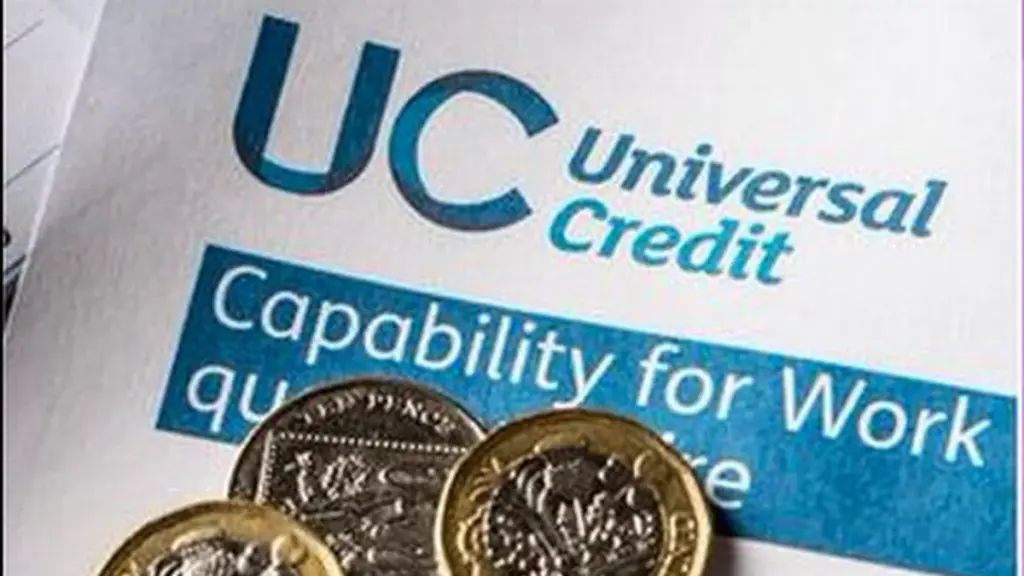
Employment and Support Allowance (ESA)
ESA is extra help for people unable to work because of long‑term health issues. It has two key stages:
- Assessment Phase: For the first 13 weeks, you get weekly rates of £72.90 (if under 25) or £92.05 (25+).
- After assessment, if you’re put in the Support Group, you receive £140.55/week—that’s roughly £562/month. All of this comes straight from the official gov.uk ESA pages.
Who Can Get What—Step by Step
Step 1: Check Eligibility
- UC: Available if you’re 18+, on a low income or out of work, and live in the UK.
- ESA: You need a health condition or disability expected to last at least one year or be terminal—and limited ability to work.
Step 2: What You Get
Here’s a simple breakdown:
- Universal Credit base rate: ~£596–£1,220/month depending on age, status, and responsibilities.
- ESA rates:
- Assessment group — £92.05/week ≈ £368/month
- Support group — £140.55/week ≈ £562/month
Step 3: Add in Extras
If you rent, you can also get help with:
- Housing costs (part or full rent covered)
- Council Tax Reduction
Those extras can boost your support by 10–30%, depending on where you live.
Step 4: How to Apply
- Go to gov.uk.
- Search “Universal Credit apply” or “ESA apply”.
- Fill out the form—don’t be afraid to ask a helper to go with you.
- You may need a “Work Capability Assessment” (for ESA).
- Once decisions are made, payments begin—typically within 5 weeks for UC and about 28 days for ESA.
Step 5: Real‑World Example
Ada, our mom, is in the ESA Support Group. She gets:
- £140.55/week ≈ £562/month.
She also gets help with her rent—say, £400/month—so her total support might rise to around £962/month. That cushion helps her pay bills, feed her kids, and keep the home feeling safe.
Practical Tips (Straight from Experience)
- Get support to apply—Citizens Advice or Scope can help walk you through forms.
- Be honest and specific—when asked about disabilities or work ability, tell the full story. It helps match you to the right group.
- Keep records—medical letters, rent statements, even notes about your condition all help build your case.
- Don’t forget regular reviews—ESA and UC can change if your situation changes, so keep an eye on letters or online updates.
- Watch for new rules—for instance, from April 2026, the UC health element may be halved for new claimants. Always check the latest info on gov.uk or through trusted nonprofits like Scope.
Why It’s Important for Professionals
If you’re a social worker, adviser, HR specialist, or community leader, knowing how UC and ESA work helps you support people effectively. You’re not just pointing them to a website—you’re giving guidance rooted in compassion, facts, and clear steps. That’s real trustworthiness in action.
Top 3 Mistakes to Avoid When Applying
- Myth: “My condition isn’t on the DWP’s official list, so I can’t apply.” Reality: There is no official “list.” Eligibility is based on how your condition impacts your ability to perform daily tasks, not on the specific diagnosis itself.
- Mistake: Not providing enough detail. Don’t just list your medical conditions. Describe, in detail, how your condition affects you. For example, instead of “I have arthritis,” write “My arthritis means I can’t button my shirt or open a jar without pain, and I need help getting dressed.”
- Myth: “I can’t work and get disability benefits.” Reality: Many disability benefits are non-means-tested and can be claimed whether you’re working or not. They are designed to help with the extra costs of living with a disability, not to replace an income.
FAQs
Q: Can a 10‑year‑old actually understand this?
A: Yep! Plain language, story‑style examples (like Ada’s) help make it clear. Then the same info is broken down into logical parts for pros.
Q: What if someone’s rent is really high?
A: The support helps—but housing allocation depends on your local council. The “help with housing costs” part of UC is tailored so that some or all of the rent might be covered, based on your area.
Q: Do you lose ESA if you start working a bit?
A: If you can do a little work, you might switch to UC, which changes based on earnings. Always update the system and ask for help from advisers.
Q: How often do ESA reviews happen?
A: Normally every year, or sooner if your condition improves or worsens. Keep records and be prepared to answer when they ask.


